The 5 Causes of Deforestation Exposed
and 9 Reasons Why We Should Not Cut Down Trees
But at the same time, only 5 billion trees are planted each year1. That means that our world loses over 27 million trees EACH DAY!
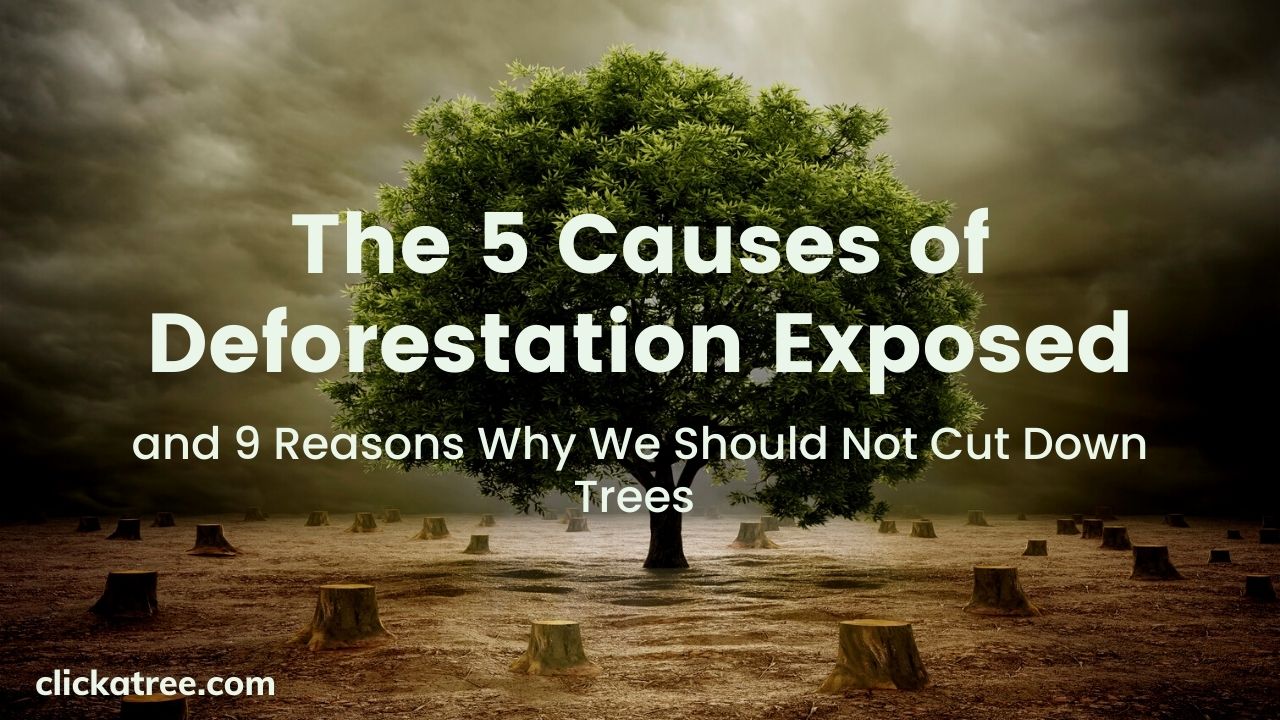
“But how is that even possible??” I hear you cry. The answer is deforestation. Whole swathes of forest disappear each day, and the consequences are what nightmares are made of.
In this article, we will look at the 5 major causes of deforestation and 9 very important reasons why we really should not cut down trees.
5 Causes of Deforestation Exposed
Agriculture on an Industrial Scale
Of the billions of trees cut down each year, as much as 85 % are removed to make way for agriculture. Most of the cleared land is used to either graze cattle or plant cattle feed.
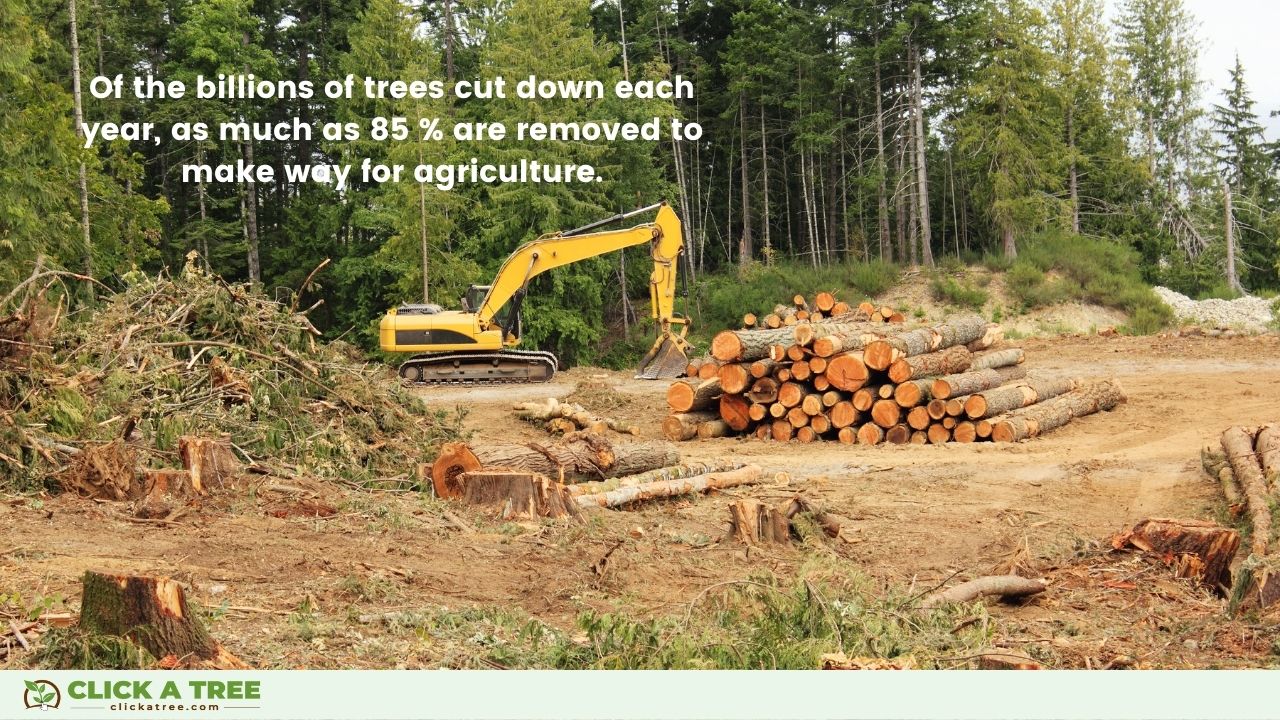
In Brazil, one of the world’s largest meat exporters, this practice has led to the loss of millions of hectares of Amazon rainforest2.
In Asian countries, on the other hand, large forested areas are often cut down to make way for oil palm plantations. Palm oil is very versatile and is contained in millions of products.
In Indonesia and Malaysia, its production has led to significant forest habitat loss.
Timber Logging
Often, trees are cut down simply for their wood: Tropical woods such as mahogany, ipę (“Brazilian walnut”), jatoba (“Brazilian cherry”), ramin, and nyatoh are highly prized for their looks and durability.
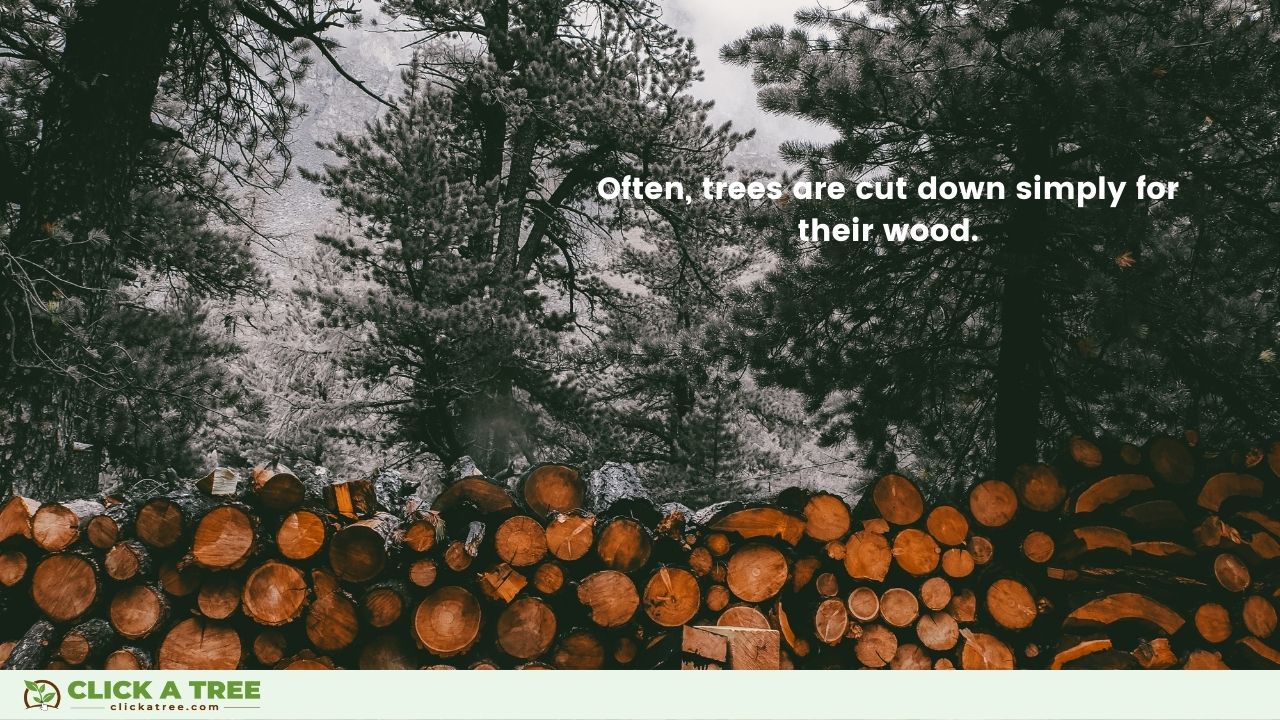
Logging companies source these slow-growing trees from South America, Africa, and Asia. And while the loggers may only be after the valuable trees, it has been shown that in their wake devastation follows.
According to the UN Food and Agriculture Organization, 70% of tropical deforestation from industrial agriculture is precipitated by logging roads. Once an area of tropical forest has been breached, it is eight times more likely to become completely deforested3.
Human Expansion and Infrastructure
Entire forests are cut down to make space for the growing human population of this world: Towns grow into cities, and their infrastructure, such as power plants and water treatment facilities, grow along with them. This is a direct cause of deforestation.
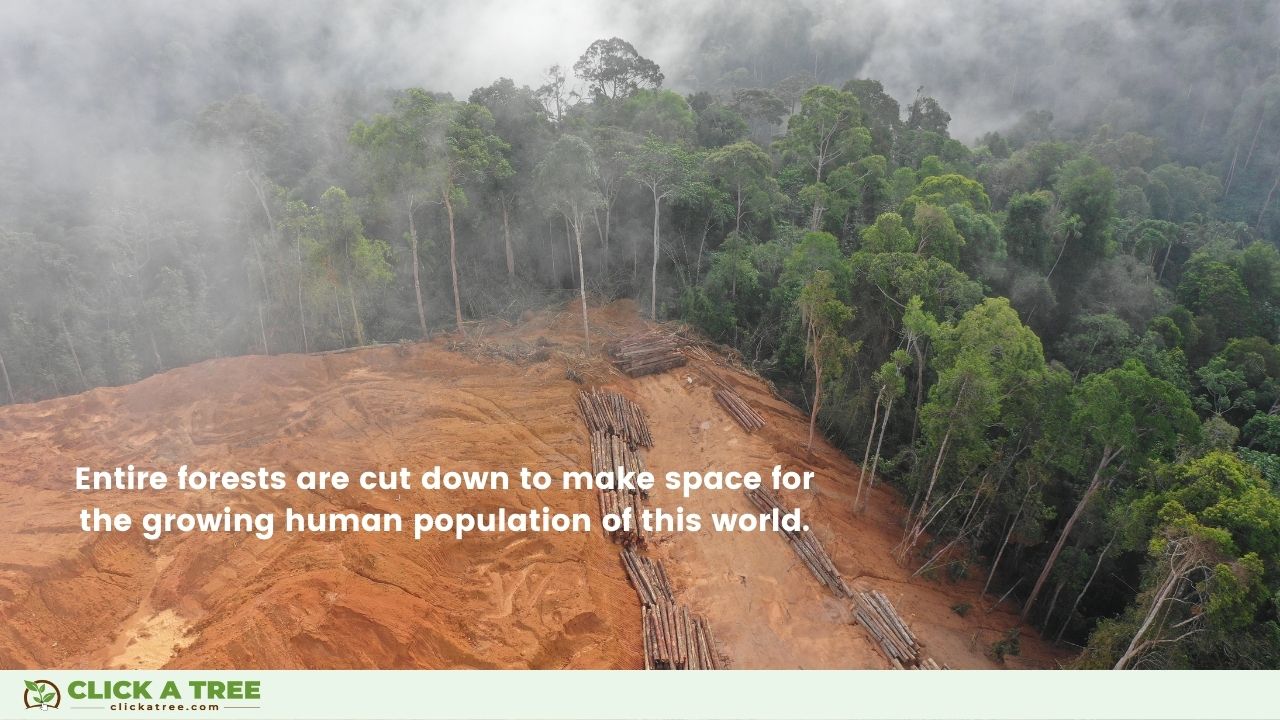
The demands of cities also cause large-scale deforestation elsewhere. New York City, for example, is one of the largest consumers of tropical hardwoods.
It is estimated that its boardwalks contain 6.8 million feet of Brazilian walnut. These need to be replaced periodically, which has led to the logging of tens of thousands of acres of ipę4.
Climate Change
All over the world, climate change is resulting in extreme weather conditions. Forests are destroyed by drought, flooding, storms, and other natural disasters.
This year, forest fires that spread out of control due to extreme dryness caused large-scale devastation all around the globe. Even in Europe, beautiful ancient forests were lost.
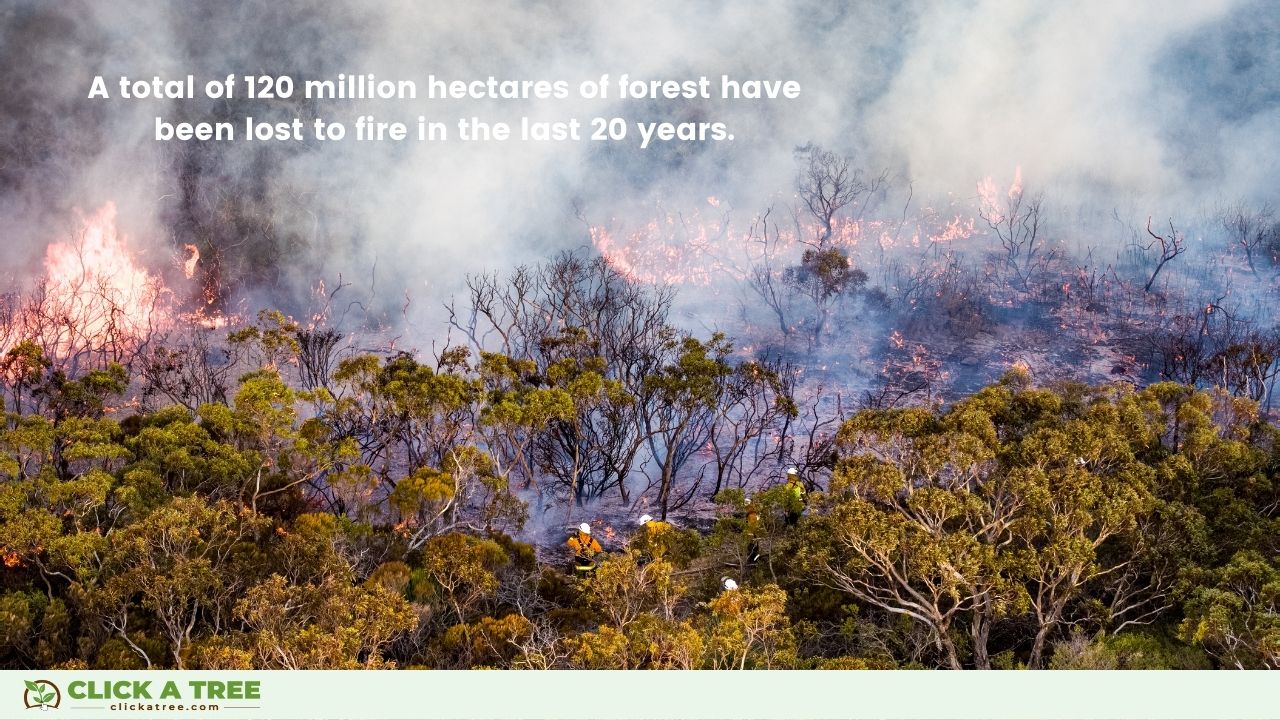
A total of 120 million hectares of forest have been lost to fire in the last 20 years. And as each tree burns, the carbon dioxide it so carefully hoarded is released back into the atmosphere. For this reason, fire is one of the worst ways of losing trees.
This might interest you as well: 9 Unexpected Benefits of Trees.
Mining operations
According to the World Bank, 44 % of all operational mines lie in forests. Mining causes deforestation in several ways: Trees are cut down to create access roads and clear space for mine buildings and huge processing areas.
Roads cut for exploratory purposes also lead to new forest areas being opened up to destructive agriculture.
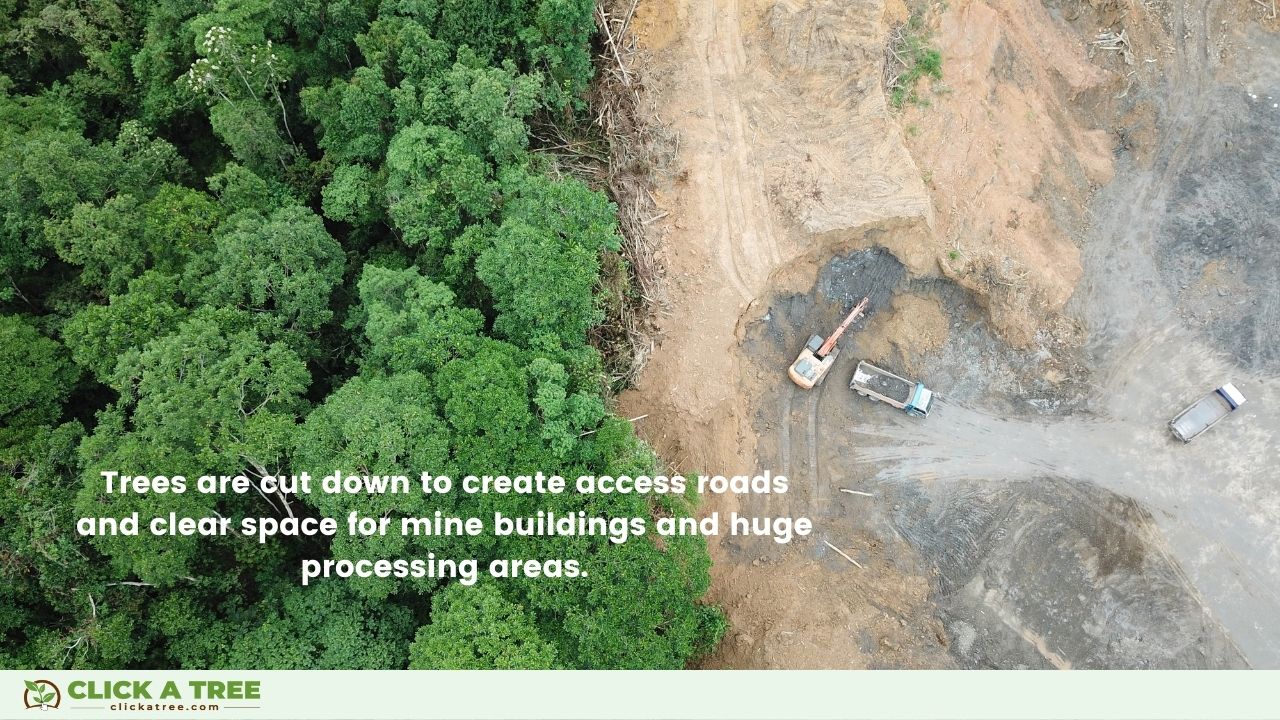
But major deforestation also results from pollution: The mercury used by gold miners poisons waterways, killing both animals and trees.
Whole villages have been displaced by the resulting devastation. This is a particular issue in Ghana, where economic development in the form of numerous small-scale mining operations has had a major environmental impact.
Creating More Opportunities
Emerging countries like Ghana are among the worst affected by deforestation. Often, local people have to take on jobs that harm trees simply because they do not have a choice. They need money to feed their families.
By employing local people on our tree planting projects and paying them a fair wage, we can help change this. People are much happier in a job that allows them to create something beautiful and beneficial!
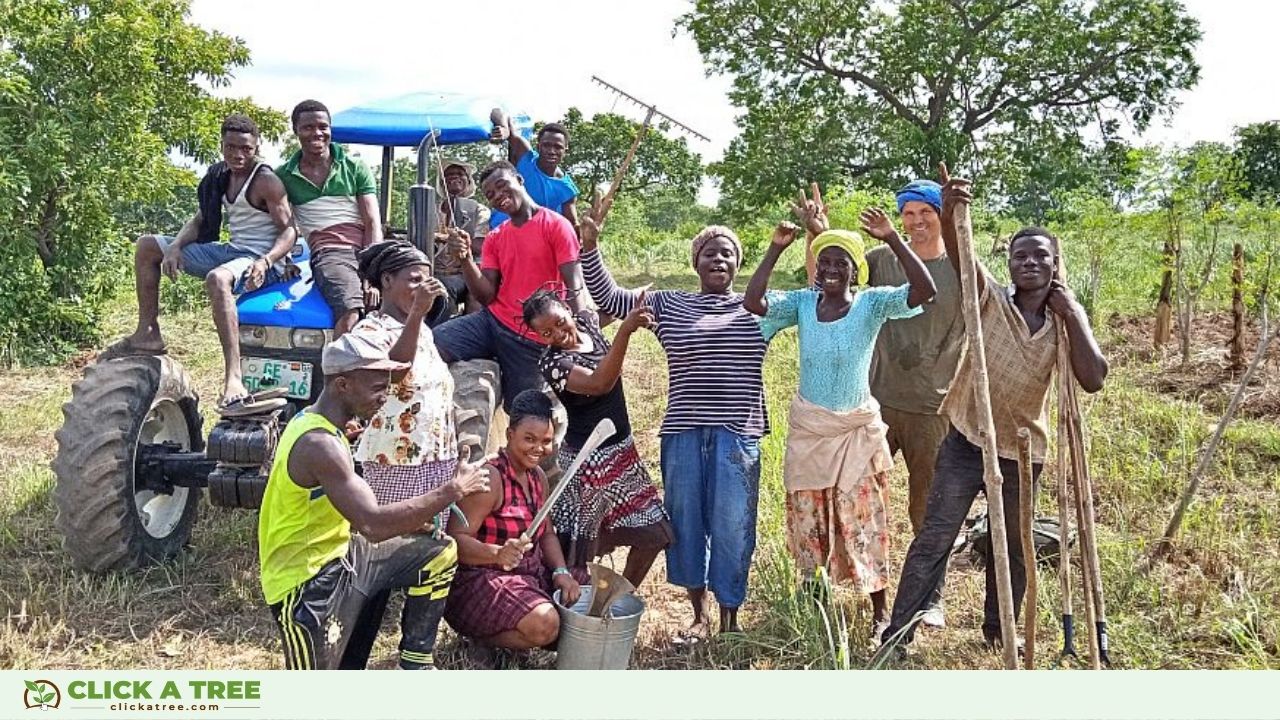
Read here how we support the 17 SDGs.
9 Reasons Why We Really Should not Cut Down Trees
Trees Provide the Air that We Breathe
As vital reasons go, they don’t get more vital than this: Trees take carbon dioxide (CO2), one of the world’s most dangerous greenhouse gas, and convert it into the oxygen all of us need to live.
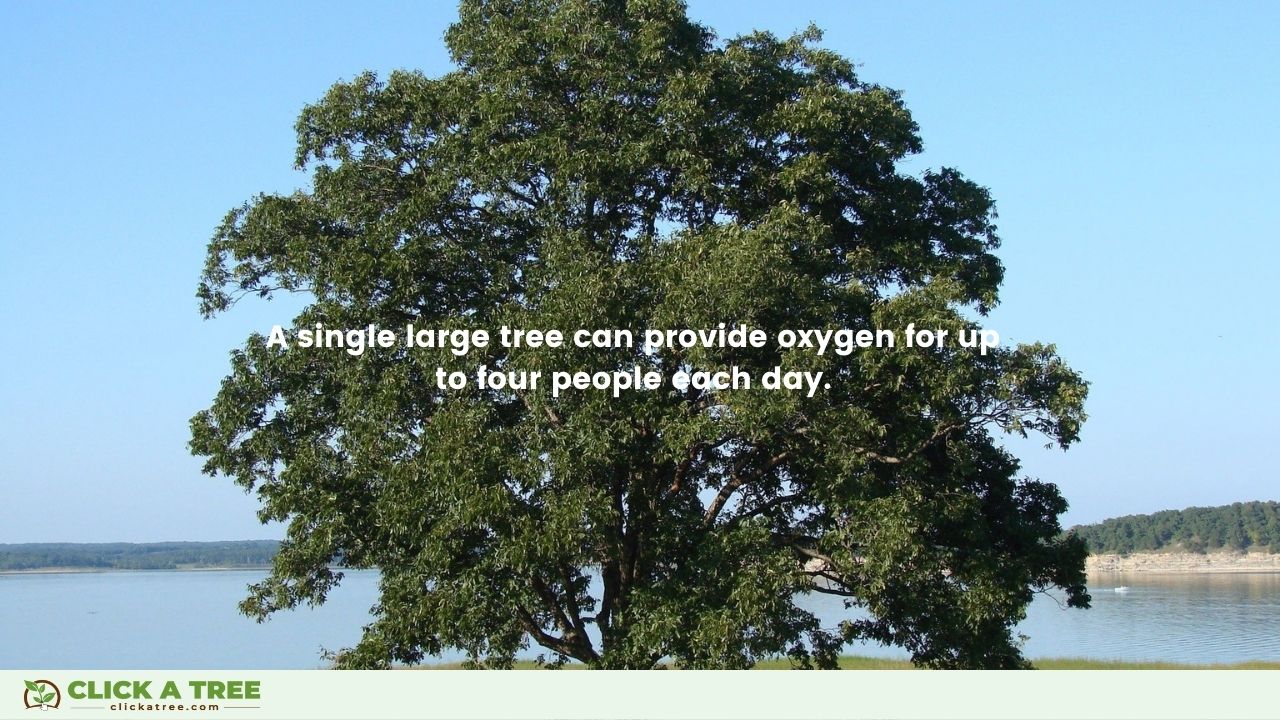
A single large tree can provide oxygen for up to four people each day.6 Cutting trees down is therefore literally depriving us of the air that we breathe.
Trees Fight Climate Change
Trees are nature’s superheroes: They battle climate change by removing billions of tons of harmful CO2 from our planet’s atmosphere every year and storing it away safely.
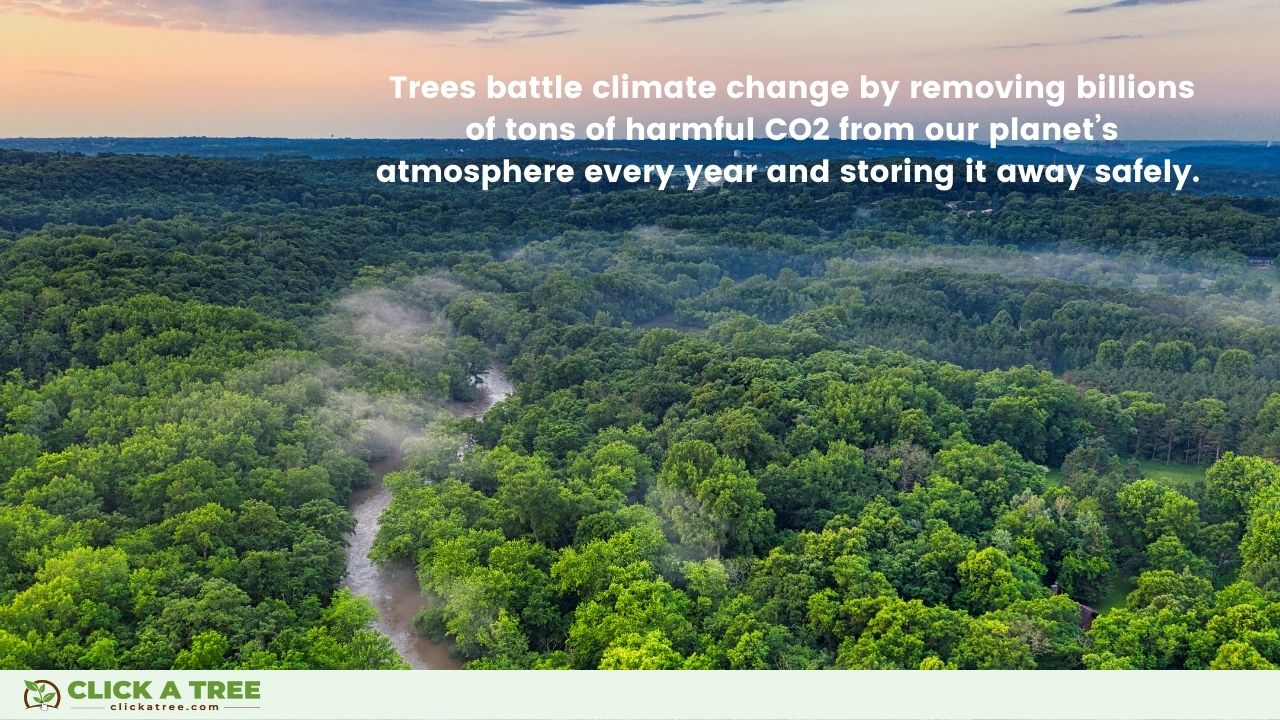
However, there is a flip side to this. Asked what effect of deforestation is the worst, this is probably it: Cutting trees down and burning them releases all this CO2 back into the atmosphere.
Trees Provide Protection Against Storms
All over the world, trees act as barriers to storms and storm surges: In the Philippines, for example, mangroves protect whole islands from being washed away.
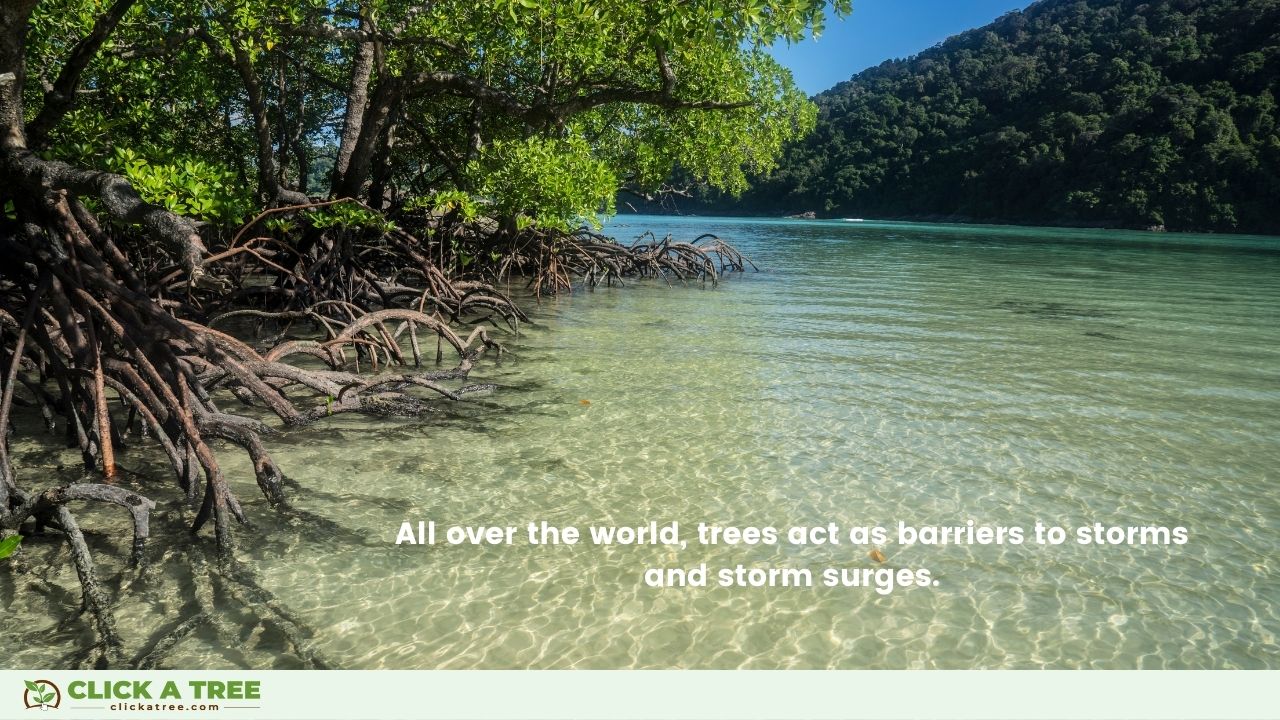
There is also evidence that forests disrupt the formation of cyclones and tornadoes.7 Areas that suffer from the effects of deforestation lose this protection: The resulting loss of life and property is terrible.
Trees are the Source of Essential Products
Trees provide countless products that humans can’t live without – literally. They produce nutritious fruit and nuts, spices (think cinnamon, clove, and nutmeg), maple syrup, and the ingredients for skin creams and medicines.
Willow bark gave us aspirin, and one of the most effective cancer treatments, Taxol® comes from the bark of the Pacific yew tree.8
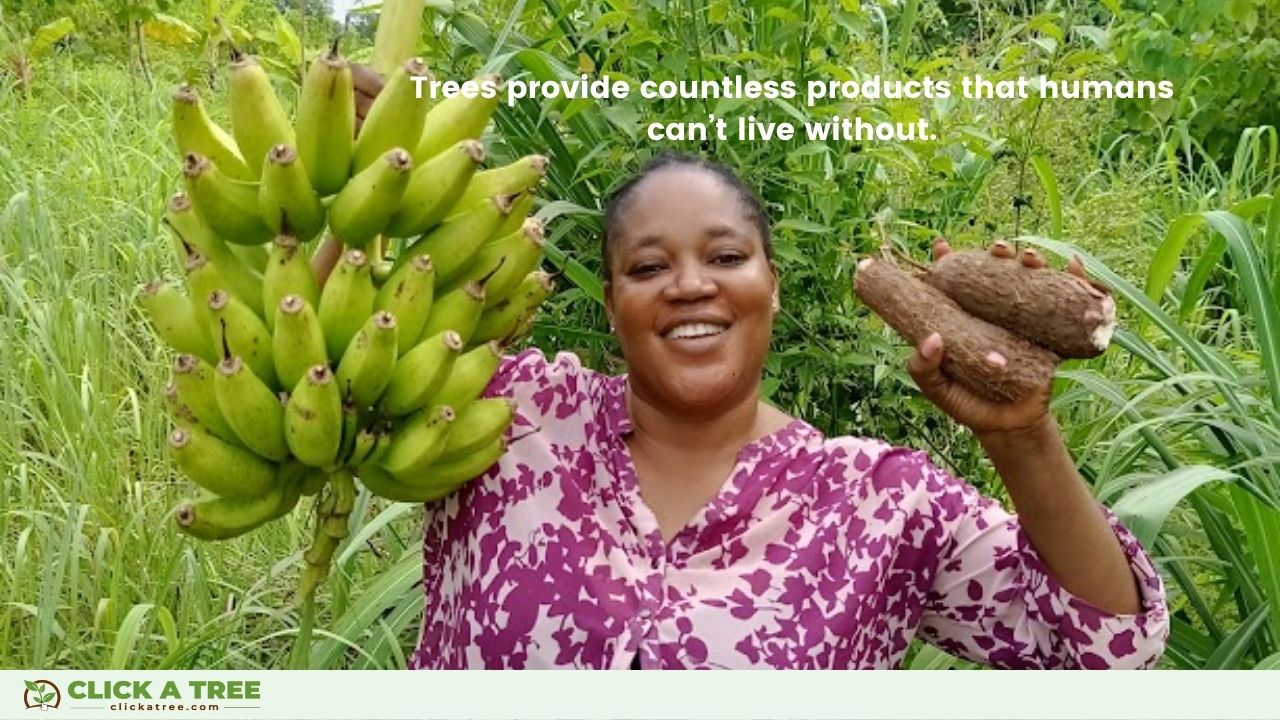
We could go on and on – yew know us too well… But a lot of great tree products have not even been discovered yet and may never be discovered unless we halt the effects of deforestation.
You can help by trying out some of these fabulous tree-saving hacks!
Trees Support Millions of Beings
Trees provide a home, source of water, shelter, and nourishment for millions of beings. These include whole ecosystems, which in turn may contain some of the rarest and most beautiful creatures in the world.
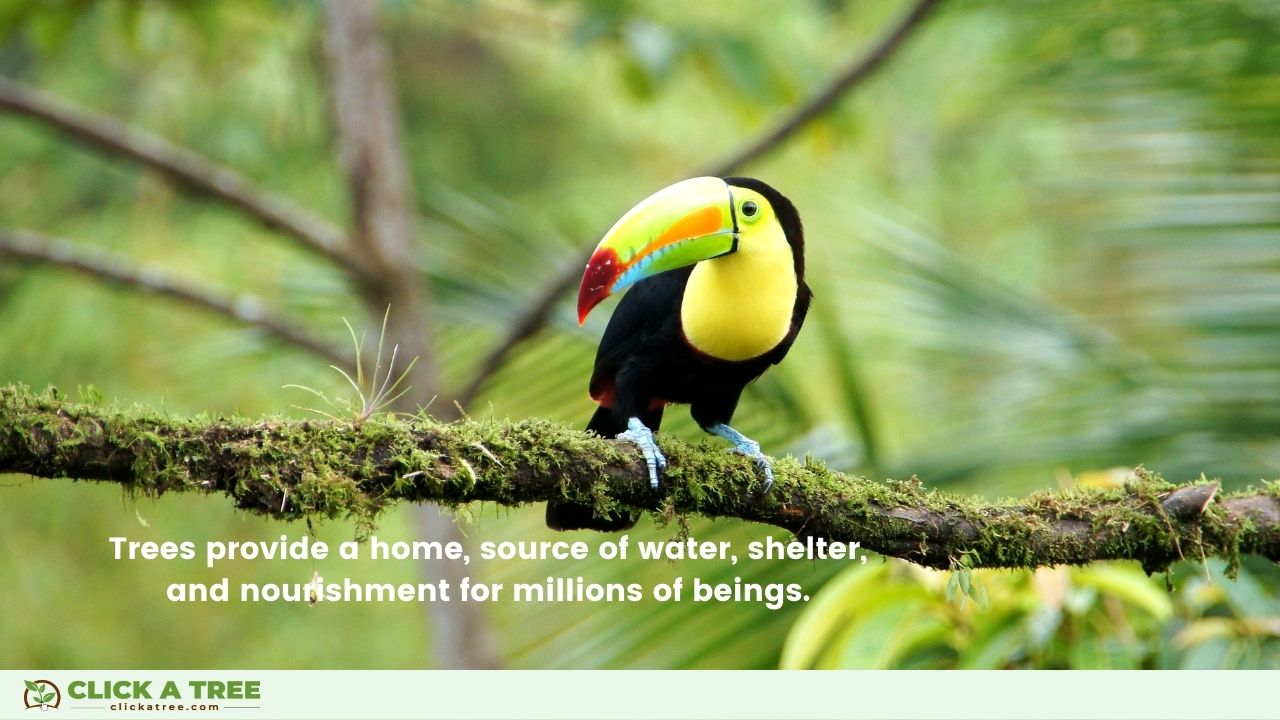
The effect of deforestation in an environment like a rainforest impacts biodiversity and threatens the survival of endangered species like the orangutan, cloud leopard, and forest elephant.
Trees Prevent Soil Erosion
For centuries, humans have been cutting trees down to clear spaces for agriculture. Now, this is coming back to bite them: One of the effects of deforestation is that fertile soil is lost to erosion.
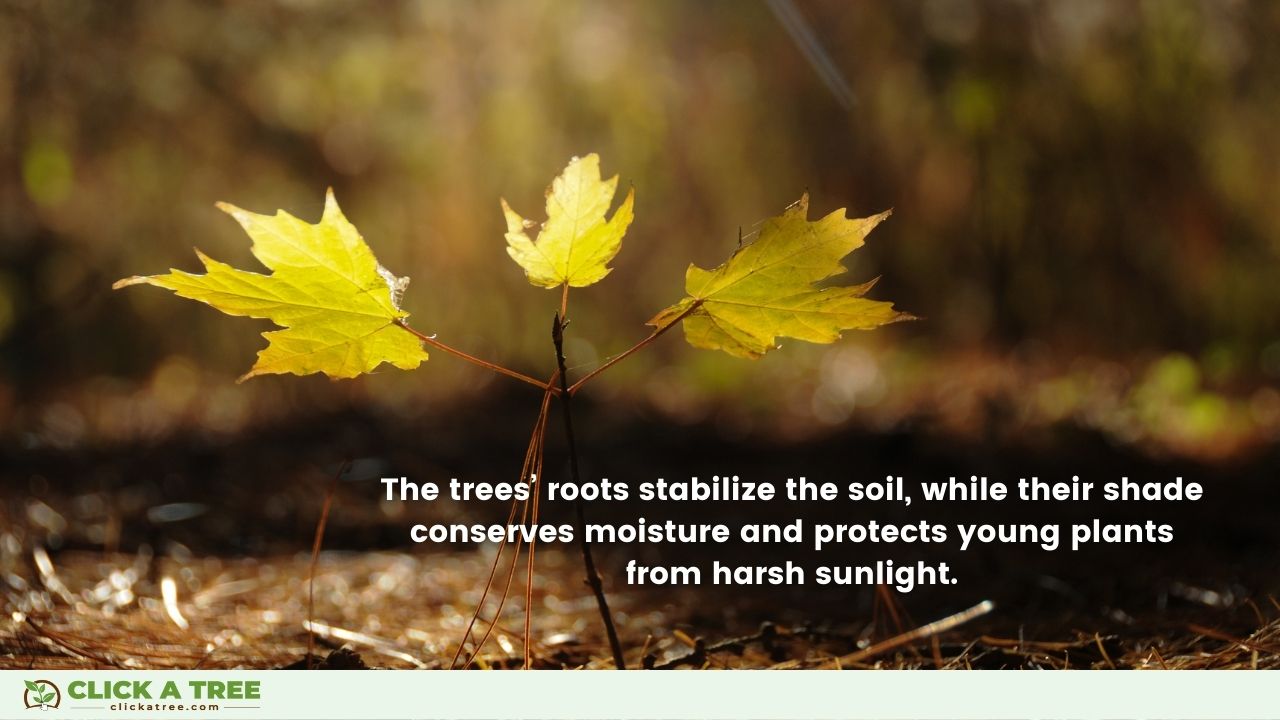
The trees’ roots stabilize the soil, while their shade conserves moisture and protects young plants from harsh sunlight.
Trees Stop Avalanches and Landslides
Trees also help to save hundreds of lives each year that would otherwise be lost in devastating landslides and avalanches. Tree trunks and branches stabilize the snowpack, while their roots anchor the hillside.9
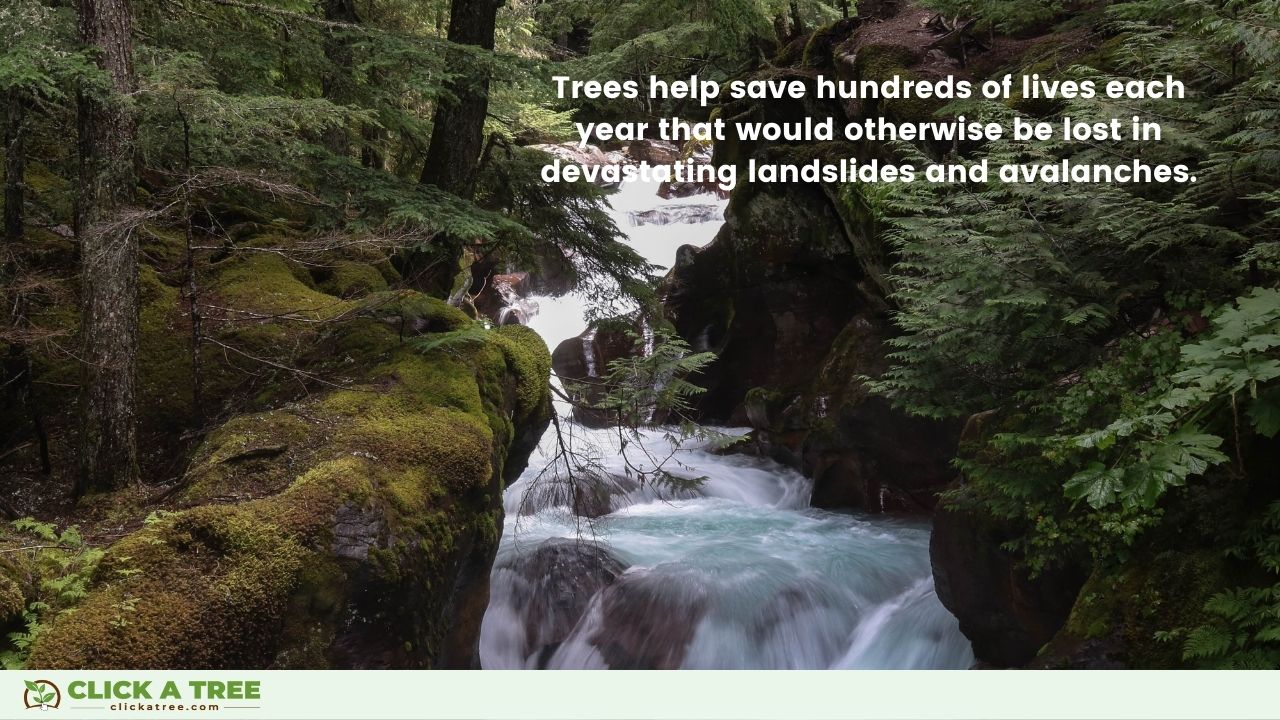
Trees also improve the soil’s ability to absorb water. Some of the worst natural disasters were caused by cutting trees down: An example is a recent landslide in Ischia.10
Trees are Vital to the Water Cycle
Trees collect water and filter out pollutants and sediment. The result is clean water that supports entire communities.11
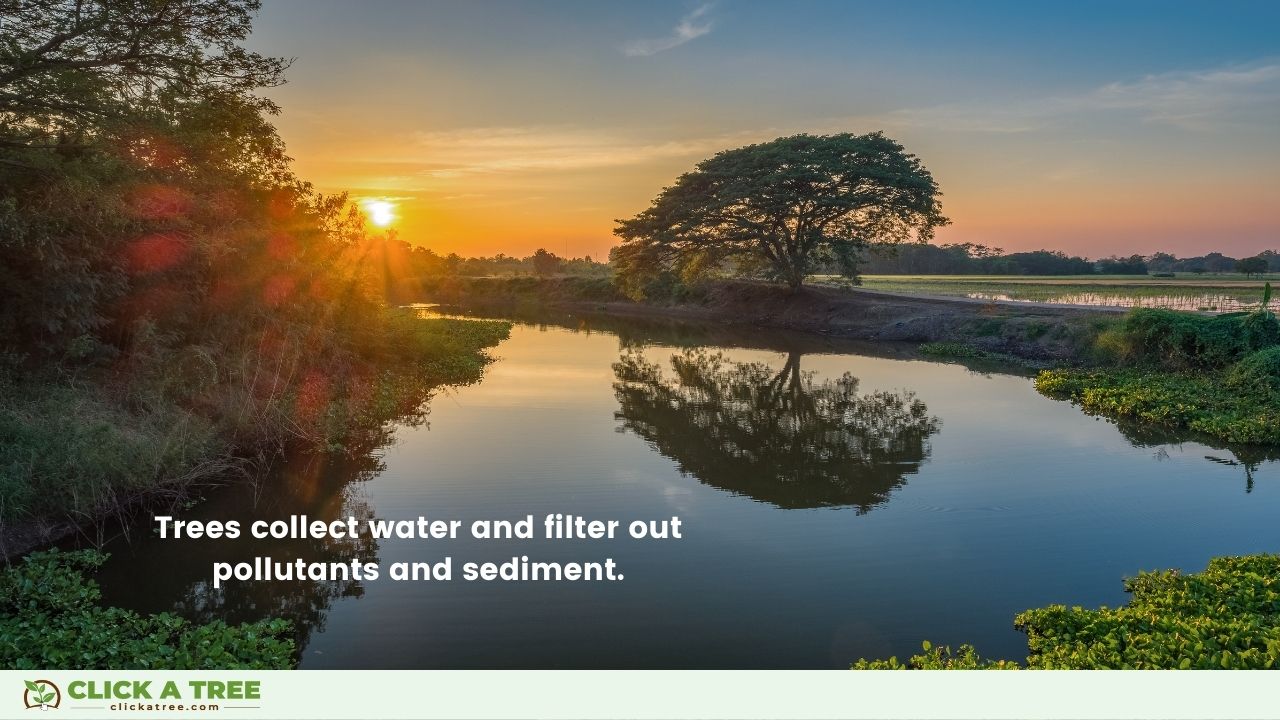
The water vapor released from leaves is also vital to the water cycle balance: The effect of deforestation in an environment where people grow crops to survive is undeniable. The world’s poorest areas, where deforestation is worst, are plagued by droughts time and again.
Trees are Essential for Mental Health
Trees make us happy! They really do: A study published in the Journal of Climate Change and Health in May 2022 shows that there is a distinct link between deforestation and poor mental health at a population level.12
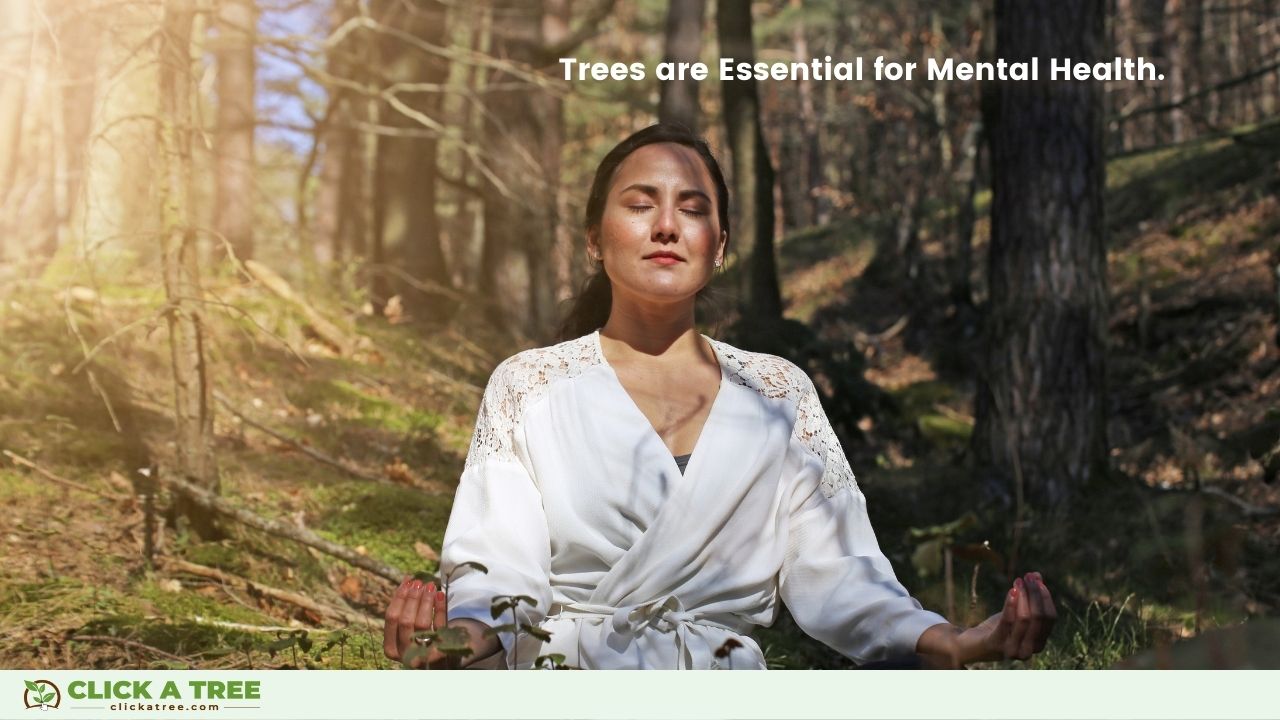
On an individual level, going into a forest provides relaxation and mental recharge. This forms the basis of forest therapy. Trees are good for you all around!
We Can’t Live Without Trees
Why should we not cut down trees? The answer is: We simply can’t live without them. Each tree supports hundreds, if not thousands of lives: Human, animal, and plant.
Trees are a vital part of our planet. When they are gone… awful things happen. What effect of deforestation do you think is the worst?
Sources
3 https://research.wri.org/gfr/latest-analysis-deforestation-trends
4 https://www.rainforestrelief.org/What_to_Avoid_and_Alternatives/Rainforest_Wood.html
5 https://www.mining-technology.com/features/mining-and-deforestation-the-unheeded-industry-challenge/
6 https://www.usda.gov/media/blog/2015/03/17/power-one-tree-very-air-we-breathe
7 https://www.cifor.org/press-release/forest-loss-may-lead-to-more-hurricanes-scientists-warn/
9 https://www.slf.ch/en/projects/forests-and-avalanches.html
11 https://www.americanforests.org/article/the-important-relationship-between-forests-and-water/
12 https://www.sciencedirect.com/science/article/pii/S2667278221001061